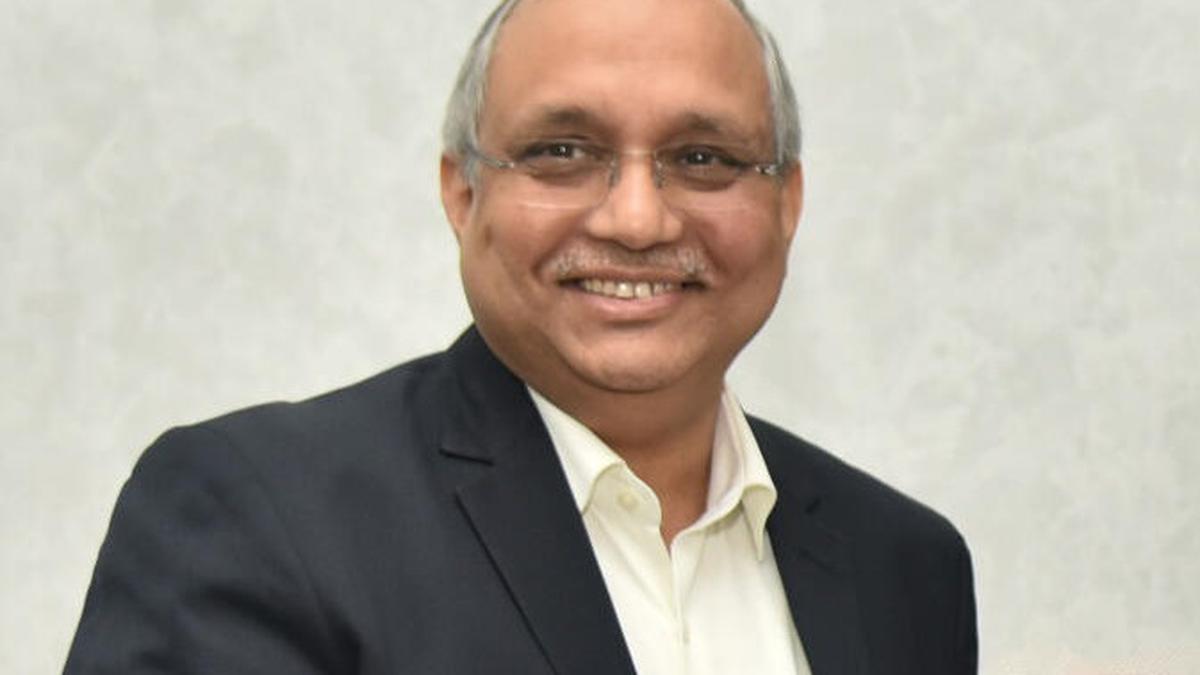
Budget 2023 | Building Resilience and Boosting Growth: Chandrajit Banerjee

Chandrajit Banerjee. Photo: Special Arrangement
The first Budget of the Amrit Kaal [golden age] made a visionary and bold statement for bolstering the near-term and medium-term growth potential of the economy. The Finance Minister deserves compliments for delivering a sagacious Budget which had the right ingredients for strengthening the domestic demand drivers in the near term, without compromising on the fiscal prudence path. The Budget did well to lay down an ambitious road map for guiding India’s growth in the Amrit Kaal period through its focus on inclusive development, prioritising green growth, urban upgradation, strengthening financial sector prowess and digital infrastructure.
With the headwinds facing global growth this year, it was imperative to give both consumption and investment the requisite boost to support growth. The Budget did not disappoint on this front.
One of the key highlights of the Budget was the continued improvement in quality of expenditure led by a thrust on capital spending for the third year in a row. The sharp 33% rise in capital spending budgeted for 2023-24 is in line with CII’s suggestion and lends credence to government’s vision of improving the economy’s growth potential through a push to overall productivity of the economy and creation of jobs. Indeed, this implies that share of capital spending in total expenditure will rise to 22.2% as compared to an average of 13.3% in the pre-pandemic period. It is notable to mention here that the meteoric 71% rise in railway outlay budgeted in 2023-24 is also likely to augment the capex rise.
In line with CII recommendation, the continuation of the performance driven ₹1 lakh crore interest-free loans scheme for State capex in the next fiscal is a welcome move and will pave the way for greater participation of States in the nation-building process.
At a time when there are incipient signs of recovery in private investments, higher public capital expenditure was crucial to crowd in private investments and catalyse a more broad-based recovery in private investments. It is notable to mention here that the capex thrust of the government over the last few years has been visionary, with its capex spending to GDP ratio leapfrogging to 3.3% in 2023-24 from long-term average of 1.7 per cent of GDP (2008-09 to 2019-20).
The other critical growth driver apart from investment which has got support in the Budget is consumption. It is well known that consumption demand remains one of the highest contributors to India’s GDP at around 60% and thus is critical for economic recovery as we emerge from the challenges posed by the global uncertainties. High frequency data suggest that consumption demand has started to recover mainly on release of pent-up demand. However, with the pent-up release of demand likely to have a finite life, the support to consumption extended through rationalisation of personal tax rates will go a long way in increasing disposable income of the common man and is indeed a welcome move.
The rise in capex is expected to be supported by trimming of the huge subsidy bill which is budgeted to come down by over 28% coupled with a healthy 22% growth in gross tax revenue in the next fiscal. This has helped the government to balance the spending needs for supporting growth and the need for fiscal stability very well. CII has been suggesting a gradual glide path for fiscal consolidation, to not stifle growth impulses and preserving macroeconomic stability. Thus, the paring of the fiscal deficit to 5.9% of GDP for 2023-24 from 6.4% of GDP in 2022-23 and following of a glide path to bring it down below 4.5% by 2025-26, is a prudent move in line with CII suggestions. Fiscal discipline translates into fiscal stimulus for all sections of the economy through lower interest rates.
Further, the Budget laid down a strong agenda for boosting the rural economy, which is home to two-thirds of population, and is looking for steps to improve incomes and push demand. In this regard, the move to set up Digital Public Infrastructure for agriculture which will enable inclusive farmer-centric solutions through relevant information services for crop planning, access to farm inputs, credit and insurance is a welcome step. It will increase efficiency gains in agriculture, thus improving farmer incomes.
In addition, the slew of measures to improve the ease of doing business through reduction in compliances, adopting PAN as a single business identifier, and introduction of Digi Locker are noteworthy. They will go a long way in improving the overall competitiveness of the Indian economy.
Overall, through a wide-ranging array of landmark policy measures, the Union Budget 2023-24 has retained its focus on growth, while maintaining fiscal discipline. While cushioning the growth recovery over the immediate time horizon, the measures are also expected to lay a solid foundation for charting economy’s ascent over the next 25 years.
Chandrajit Banerjee is Director General, Confederation of Indian Industry
Stay connected with us on social media platform for instant update click here to join our Twitter, & Facebook
We are now on Telegram. Click here to join our channel (@TechiUpdate) and stay updated with the latest Technology headlines.
For all the latest Education News Click Here
For the latest news and updates, follow us on Google News.

